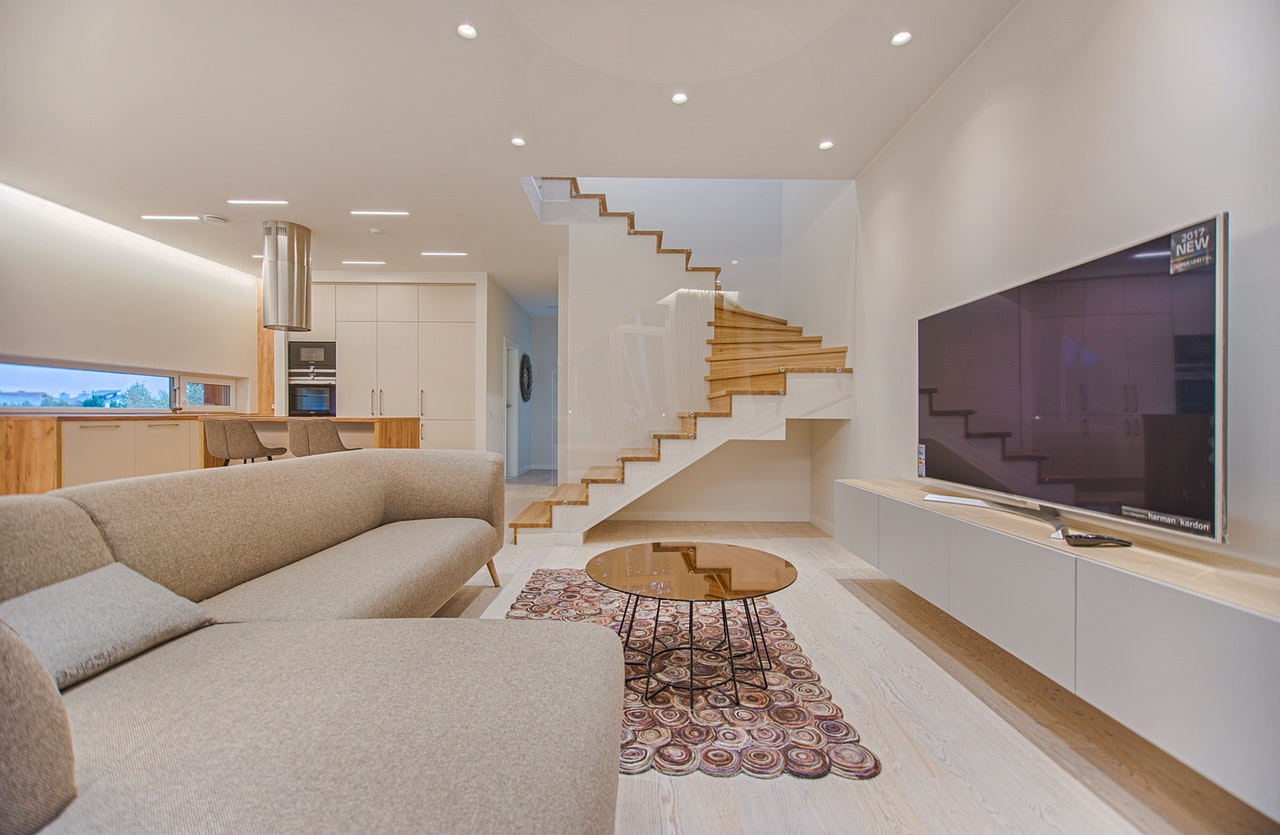Housing conditions can have significant effects on family health. Healthy homes have the ability to promote positive physical and mental benefits. Poor, substandard quality housing has been proven to have inverse effects.
It’s important to ensure that a home is as safe as it can be, literally and metaphorically. A house should be a haven for people to relax, enjoy, and be vulnerable with their loved ones. Moreover, it should be structurally sound with minimal problems regarding construction and design. Regardless of whether it’s a single-family home or an apartment complex.
Repercussions of Poor Housing
A wide variety of health conditions can often be related to situations inside the home. The risk of contracting respiratory and chronic diseases is much higher in inadequate housing. Hazards for vulnerable groups like children and older adults are incredibly high.
The World Health Organization (WHO) released housing and health guidelines in 2018. This document contains simple recommendations to develop healthier housing. Here are some common housing issues that have negative impacts on family health.
Structural Issues
The holes and cracks in walls and floors that are big enough to catch a hand or foot in can lead to a lot of injuries. Damaged ceilings and roofs can also be an entryway for animals or pests that might be carriers of diseases.
Consider hiring builders and roofing contractors to address these issues immediately. Putting repairs on-hold for these minor problems can potentially lead to major consequences. Ensuring the architectural integrity of a home should always be a key priority.
Maintenance and Cleanliness Issues
Other hazards can also come from simple water leaks, poor ventilation, and even dirty carpets. All these factors can lead to a large increase in molds and other irritants. Infestations from pests like mites or rodents are also something to look out for.
Extreme indoor temperatures have also been associated with a lot of cardiovascular diseases. This is mainly brought about by improper insulation. These adverse effects can easily be mitigated by regular consultations with maintenance services.

Design and Accessibility Issues
The aesthetic and functionality choices inside a home should also be taken into consideration. For instance, using lead paint on walls can be a primary cause of lead poisoning. Disability-friendly layouts are also beneficial for people with functional impairments.
Household crowding is another key issue for many homes. Not having dedicated spaces can often cause psychological distress among families. These seemingly little things can sometimes have the biggest effects. Always be mindful of how a home is planned out and the materials that go into it.
Poor Housing and the Pandemic
The implementation of the shelter-in-place measure poses more challenges for many residents. More particularly for people who live in multifamily housing units. Although this was mainly done to prevent the spread of the virus, once a family or community member gets infected, the chances of transmission are much higher. More so when self-isolation and quarantine protocols are ignored.
These types of settings usually have common areas where people interact with each other. It could be a pool, an elevator, a laundry area, and the like. The Center for Disease Control and Prevention (CDC) has established necessary guidelines for these kinds of situations.
Promote the Practice of Safety Guidelines
Wearing a mask and observing physical distancing is one of the simplest ways to mitigate the spread of the virus. These should always be followed by all residents outside of their homes. Owners or administrators of these facilities should also consider providing common areas with appropriate hygienic equipment.
Effectively communicating the necessity of these practices is also essential. Post signs and messages in strategic places will also help to reinforce these practices. Invest in communication materials that will constantly remind residents of the protocols they have to abide by.
Safe Communal Spaces
Consider installing physical barriers in common areas that make it difficult for residents to maintain physical distancing. Physical guides, like tape on the floor, to help residents identify where they should stay in small areas can also go a long way.
Of course, regular maintenance still remains a key factor in helping to mitigate the spread of COVID-19. Ensure that there is appropriate air ventilation in common areas. Investing in devices that filter the air is also a good idea. Water systems in any area should be safe to use. Always clean and disinfect surfaces that are regularly touched.
Housing and Health
Suffice it to say, the health of a family or community will always have a link to the condition of their homes. Initiatives for healthy homes should be supported by everybody. Government entities, private institutions, and even individuals alike. Public health will always be a fundamental issue. Oftentimes, addressing this matter can start from home.